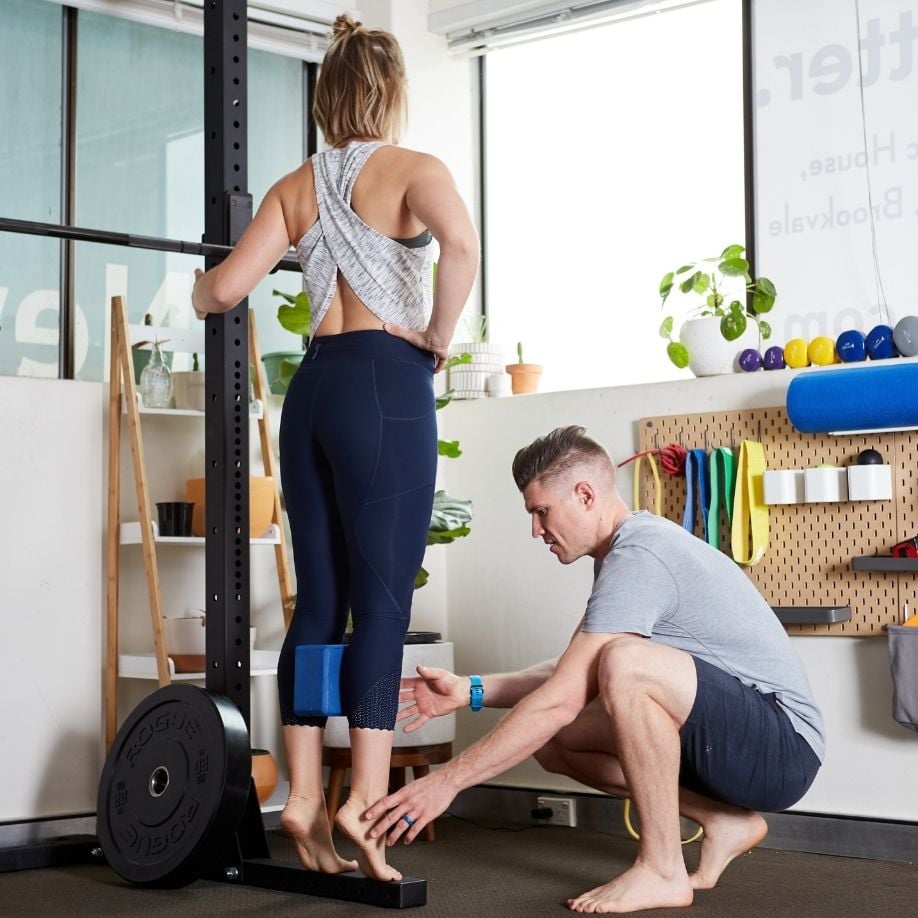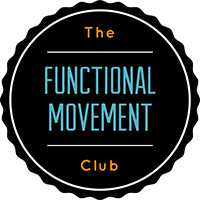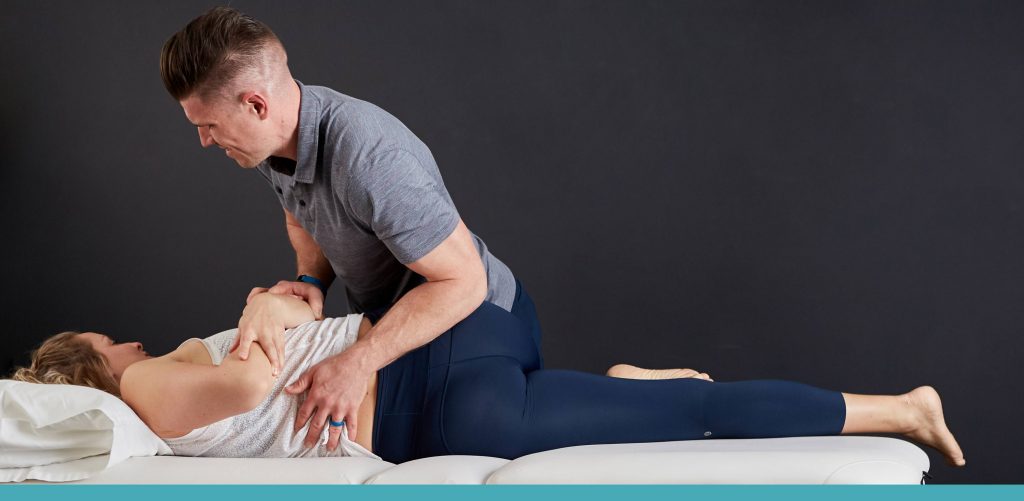
How To Fix Your Sore Achilles Tendon
What causes a sore Achilles tendon?
Achilles tendinopathy is a sore Achilles tendon. It’s an overuse injury of your Achilles tendon, the tendon which attaches your calf muscles to your heel. It’s a pretty common condition in runners and any sports that involve a lot of sprinting or running, but also affects people outside of those sports as well. The other demographic of people that is common is the weekend warrior types that haven’t run in a while and are starting to get back into it.
How to know if you have Achilles pain.
You may have Achilles tendinopathy if you have pain on your Achilles tendon, or at the very top of your heel, where the tendon attaches to your heel bone. A typical pain pattern of an Achillies tendinopathy is that it hurts before you run, then settles while you run, then gets worse after stopping running. However, once it progresses it becomes a constant pain, often worse while running. You may also notice a small amount of swelling, warmth and redness around the back of your heel around your sore Achilles tendon as well. Check out the video below for an easy test you can do at home to see if you might have Achilles tendinopathy.
Achillies squeeze test:
What you can do to fix a sore Achilles tendon.
Like most overuse injuries, load management plays a really important role in getting on top of your sore Achilles tendon. This means dialling back on the running, sprinting or whatever activity you’re doing for a bit, while you rehab yourself back to where you left off.
How much you dial back depends a lot on you, what activities you do, how long your Achilles tendon has been sore, and what you can do without it flaring up too much. Obviously, this varies from person to person, so it’s hard to give general advice on how much you should dial things back.
This doesn’t mean stop everything you’re doing! Just bring things back to a manageable level for the time being, before slowly increasing what you’re doing to the levels that they were before the injury.
The next thing you should do is start building up the strength of your calves and the strength and elasticity of your Achilles tendon.
A great place to start is with calf isometrics, these are a great way to start loading your Achillies without causing more Achilles pain, in controlled way. Check out the vid below to see how they’re done.
Phase 1 of Achilles Pain Rehab: Isometric calf raise:
The next step is the calf raises eccentrics, these will start to load your Achillies through full ankle range of motion, but in a controlled way. Here’s how they’re done.
Phase 2 of Achilles Pain Rehab Eccentric calf raise:
Calf raises start to load your Achillies in a way that closely resembles walking or running.
Phase 3 of Achilles Tendinopathy Rehab Calf raise
Lastly, start loading up your Achilles with a more dynamic load will prevent future Achilles pain, this will replicate running/sprinting a bit more and is the final step before you get out and fully return to what you were doing before. To do this start with double pogo leg hops, and progress to single-leg pogo hops and eventually jumps when you’re feeling confident. Here’s how they’re done.
Phase 4 of Achilles Tendinopathy Rehab Hopping/jumping
It’s important to remember that a little bit of pain early on in rehab is acceptable (as long as you keep it at a bearable level). That said if your pain hasn’t gone away or isn’t at least settling down before you start your next rehab session you may be rushing things a bit.
You’ll know it’s time to progress to the next exercise when your pain settles down pretty quickly after a rehab session, or you don’t get any pain at all.
Also, with a sore Achilles tendon, it’s important to be patient. It can take up to 12 weeks to get your Achillies to fully settle down, and it’s normal for you to experience a couple of flare-ups while you sort out how much you need to dial back and start re-loading your Achilles. Expect a few ups and downs and remember to stay positive and stick to the process.
Lastly, if you’re still feeling a bit lost or are having trouble getting your Achilles to settle down don’t hesitate to get in touch or make an appointment. Together we’ll sort out a management plan to get you back on your feet!





